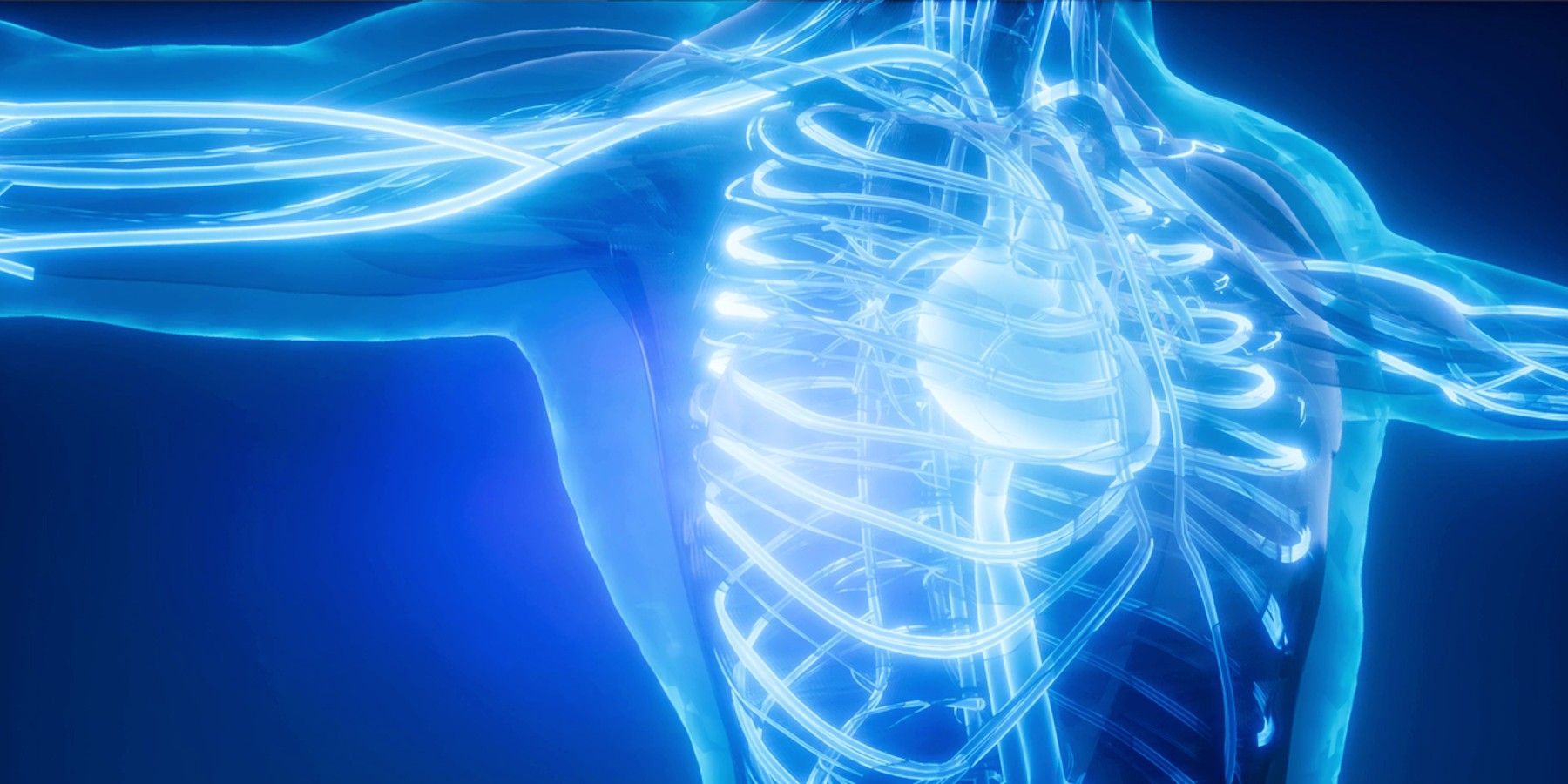NASA is sending a new 3D printer designed to heal wounds by printing human skin to the International Space Station. NASA has been experimenting with 3D printers in space for more than seven years. The first spaceborne 3D printer proved that 3D printing in microgravity had the same strengths as printing on Earth.
Human cells and tissue have been built in labs on Earth for some time. These are grown in a petri dish or other containers. Printing in microgravity allows cells to grow as they naturally grow inside a body. In microgravity, cells can "float" and grow in three dimensions, up, down, left, and right, without being confined to the bottom of a dish.
NASA is sending a 3D bioprinter to print human tissue directly on wounds to accelerate healing. The 3D human skin tissue printer is one of the experiments hitching a ride to the ISS on the 24th SpaceX cargo resupply service mission. The printer called Bioprint FristAid, developed by the German Space Agency uses the patient's own skin to form a patch and cover a wound. 3D organ and tissue printing are critical for NASA's future mission to the moon, Mars, and beyond.
Generation, Regeneration, And Longevity
Exploring space and long-term human presence in space requires a unique set of self-sufficient resources. Humans are the most valuable resources NASA has. To keep those resources healthy for missions, NASA is deeply involved in technology that can generate, regenerate and extend life. For example, the 3D FirstAid Handheld Bioprinter uses bio-inks to create a "band-aid" patch.
The Bioprinter is not the first 3D printer NASA has developed and tested in the ISS. Recently, two teams from the Wake Forest Institute for Regenerative Medicine WFIRM in North Carolina won the first two prizes of NASA's Vascular Tissue Challenge. The winning team was awarded the cash price of half a million dollars for building a 3D printer that printed out human liver tissues. The tissue was strong enough to survive and function as it would inside a human body.
Printing organs using the patient's cells is believed to reduce the chances of the body considering the organ a foreign object and rejecting the transplant. NASA has also been testing three more 3D human tissue printers. Two of these work as ordinary 3D printers do, printing a layer of cells on top of another. The other one uses powerful magnets to position the cells in place. NASA is confident that 3D bioprinters will play a leading role in space exploration and improve life on Earth and is getting close to printing human organs.
Sources: NASA, Vascular Challenge


